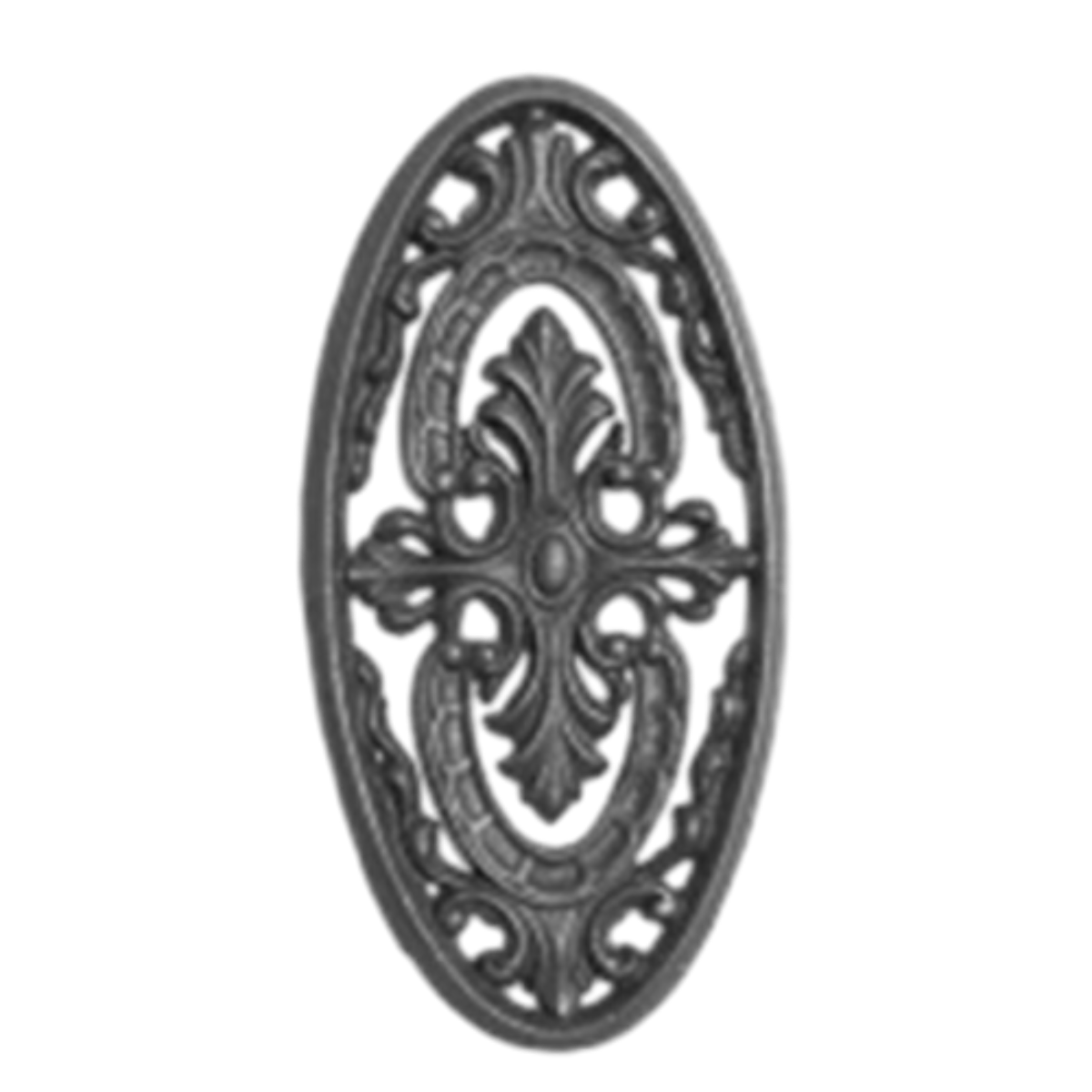foundry work
The Art and Science of Foundry Work
Foundry work, an ancient craft that dates back thousands of years, embodies the fusion of art and science. It involves the shaping of molten metal through processes such as casting to create a myriad of products, from intricate sculptures to functional components for industries. As technology evolves, so does the foundry industry, embracing innovation while respecting traditional techniques.
At the heart of foundry work is the process of casting
. This involves pouring molten metal into a mold, which solidifies upon cooling, resulting in a solid object that reflects the mold’s shape. Foundries utilize a variety of metals, including iron, aluminum, bronze, and steel. Each metal has distinct properties, making it suitable for different applications. For instance, aluminum is prized for its lightweight and corrosion-resistant characteristics, ideal for automotive components, while cast iron is renowned for its durability and excellent wear resistance, frequently used in machinery.Preparation is a critical stage in the foundry process. It begins with designing the pattern, a replica of the object to be cast. Patterns can be made from various materials, including wood, metal, or plastic, and must be designed to accommodate the necessary allowances for shrinkage and finishing. The quality of the pattern directly influences the final product's precision and details. Advanced technologies such as computer-aided design (CAD) enable foundry workers to create highly detailed and complex patterns, pushing the boundaries of creativity and innovation.
Once the pattern is ready, the next stage is mold making. Molds can be created from sand, metal, or ceramics, each with its own set of advantages. Sand molds, the most common, are favored for their cost-effectiveness and ease of use. The sand is mixed with a binder, compacted around the pattern, and then removed to reveal the mold cavity. In contrast, metal molds are reusable and provide higher precision, though they require a greater initial investment. The selection of the mold type significantly affects the quality and cost of the casting.
foundry work

The actual pouring of molten metal is a moment filled with anticipation. Foundry workers must monitor temperatures carefully and ensure that the metal is poured at the right consistency to avoid defects such as air pockets, cold shuts, or inclusions. The cooling process also requires precision; too fast can lead to cracking, while too slow may affect the microstructure and properties of the cast metal.
After the metal has cooled and solidified, the casting is removed from the mold. This stage often involves processes like cleaning, grinding, and machining to achieve the desired finish and dimensional accuracy. The removal of the gating and riser systems, which fed metal to the mold during pouring, is also an essential part of post-casting operations.
Quality control is vital throughout the foundry process. Modern foundries utilize advanced technologies such as 3D scanning and non-destructive testing to ensure the integrity of the casting. Adopting these practices not only enhances product reliability but also reduces waste and rework, which are critical for sustainability in manufacturing.
In conclusion, foundry work is a striking marriage of artistry, precision engineering, and technological innovation. As the industry adapts to the demands of modern design and environmental sustainability, foundries are positioned to play a pivotal role in the manufacturing landscape. This blend of tradition and innovation ensures that foundry work remains a vital and dynamic field, capable of producing everything from artistic sculptures to essential components in machinery and everyday items. The future of foundry work looks bright, as it continues to evolve and adapt to the challenges and opportunities of tomorrow.
-
Why Choose TJJ as Your Window and Door Hardware Manufacturer?NewsOct.28,2024
-
The Advantages of Cast Iron Stove Plates: A Timeless Choice for Your KitchenNewsOct.28,2024
-
Aluminium Windows Profiles: Benefits and FeaturesNewsOct.28,2024
-
Innovations in Cast Iron Panel TechnologyNewsOct.28,2024
-
The Benefits of Customizing Your Wrought Iron Fence PartsNewsOct.28,2024
-
The Immortal Legacy of Cast Iron Spears: From War to Decorative UseNewsOct.21,2024
-
 Why Choose TJJ as Your Window and Door Hardware Manufacturer?Oct-28-2024Why Choose TJJ as Your Window and Door Hardware Manufacturer?
Why Choose TJJ as Your Window and Door Hardware Manufacturer?Oct-28-2024Why Choose TJJ as Your Window and Door Hardware Manufacturer? -
 The Advantages of Cast Iron Stove Plates: A Timeless Choice for Your KitchenOct-28-2024The Advantages of Cast Iron Stove Plates: A Timeless Choice for Your Kitchen
The Advantages of Cast Iron Stove Plates: A Timeless Choice for Your KitchenOct-28-2024The Advantages of Cast Iron Stove Plates: A Timeless Choice for Your Kitchen -
 Aluminium Windows Profiles: Benefits and FeaturesOct-28-2024Aluminium Windows Profiles: Benefits and Features
Aluminium Windows Profiles: Benefits and FeaturesOct-28-2024Aluminium Windows Profiles: Benefits and Features












